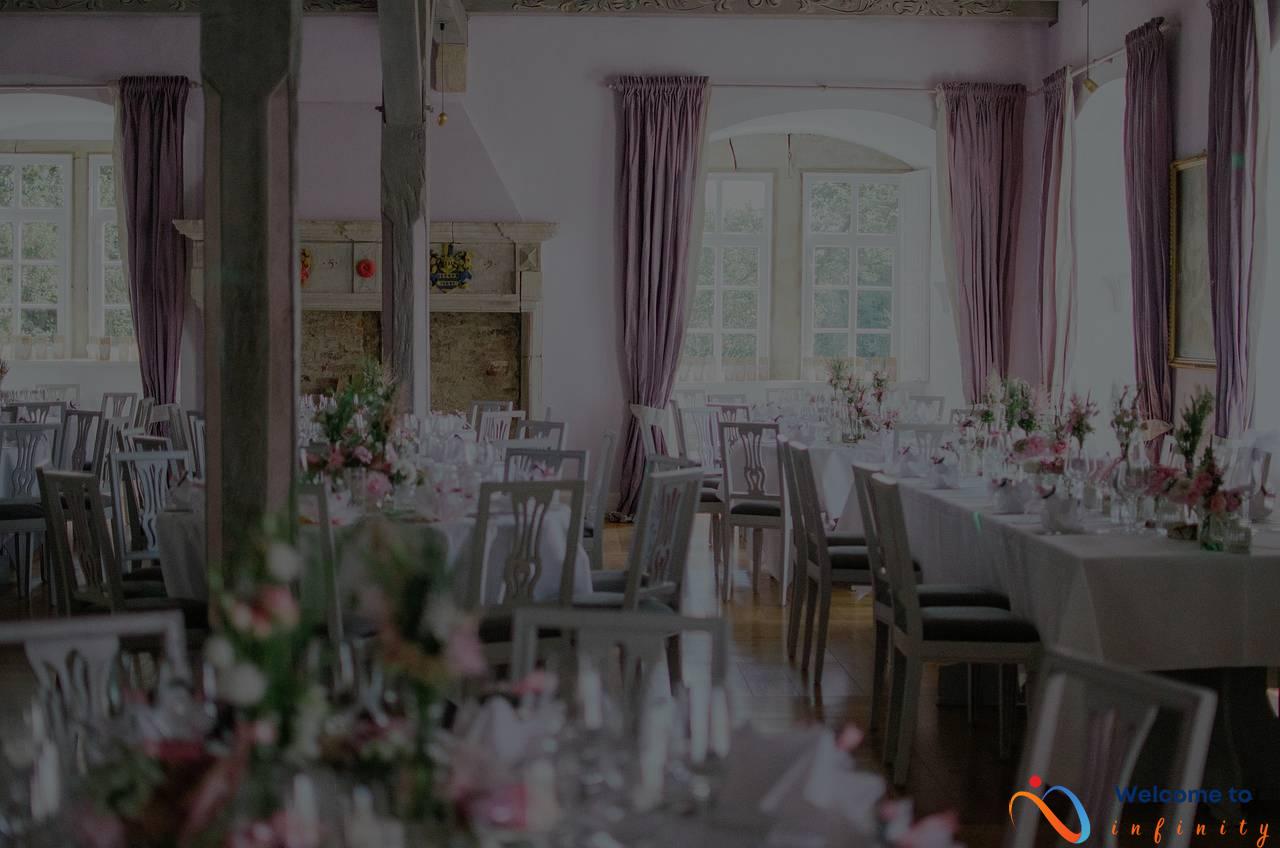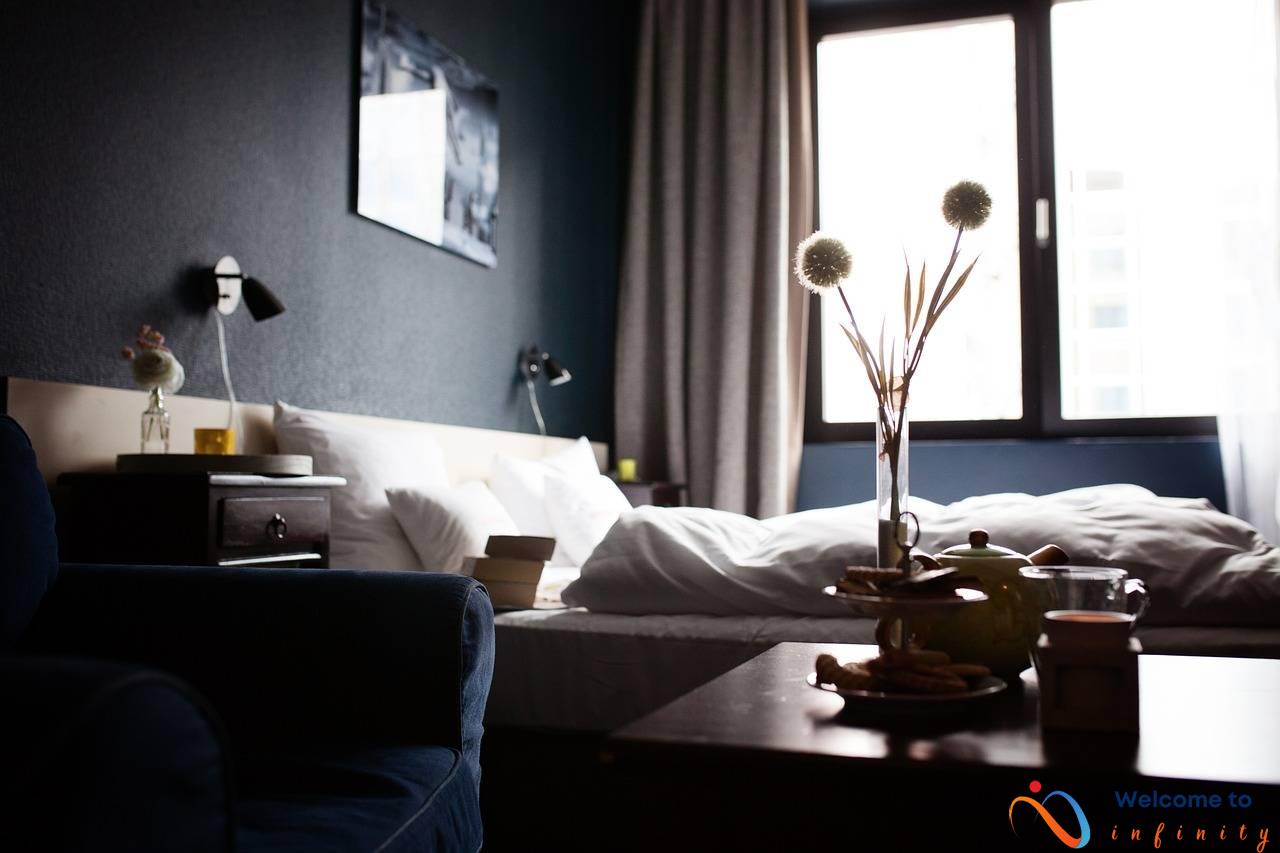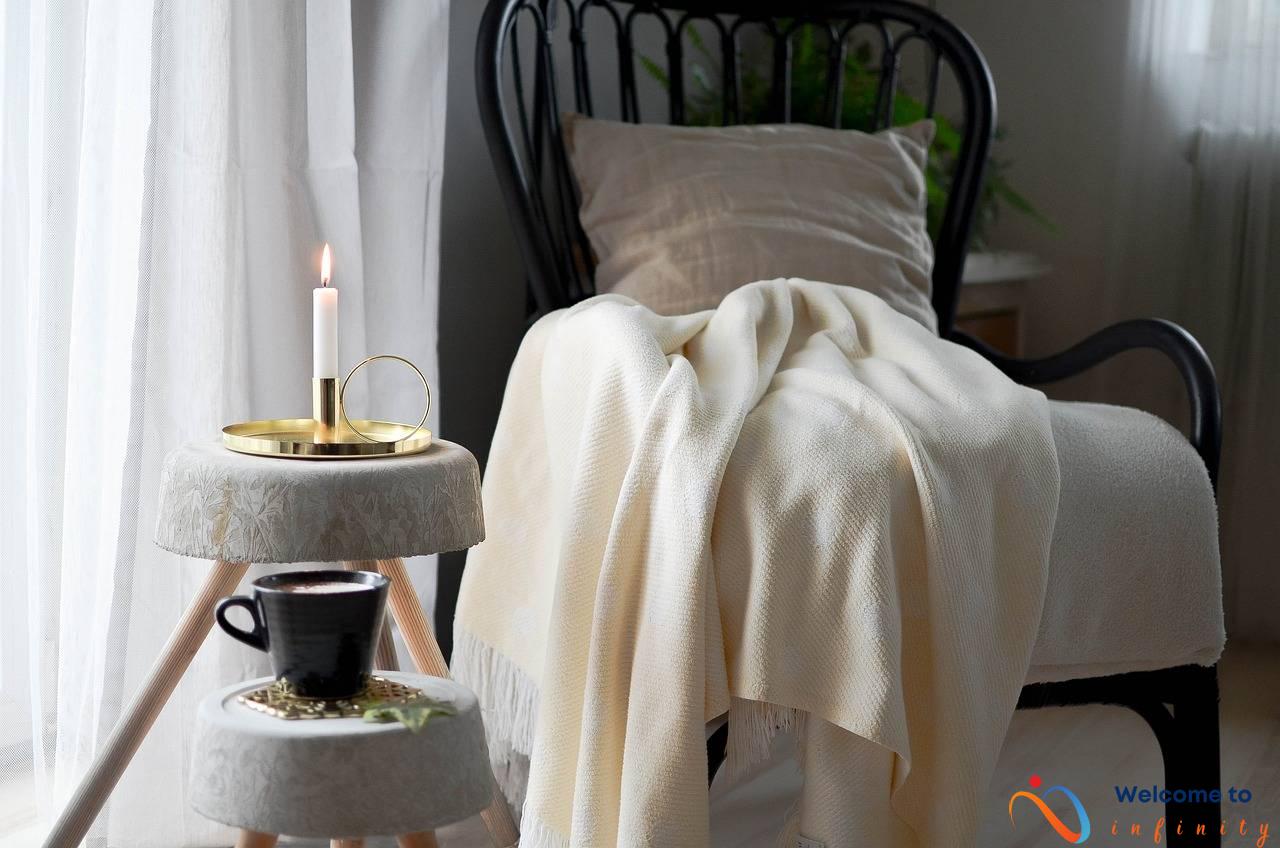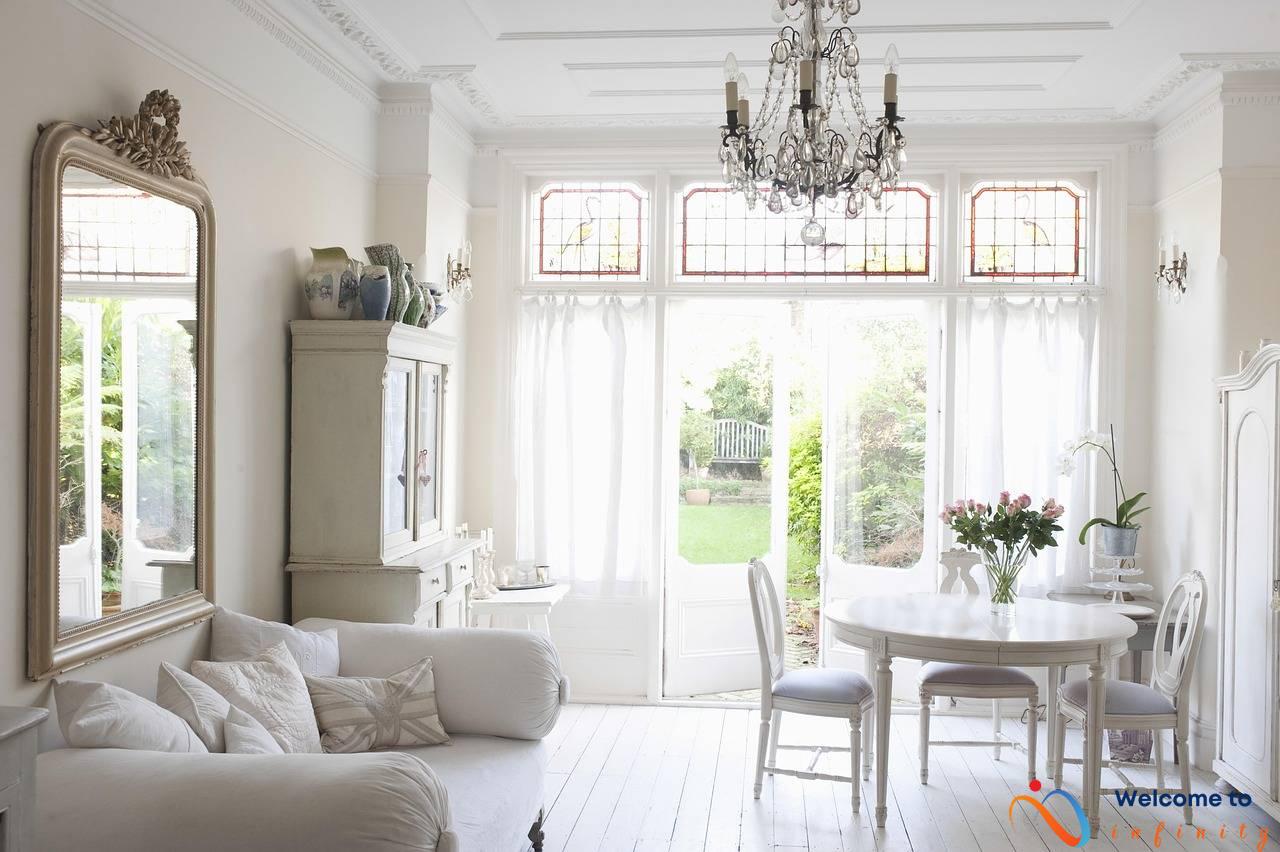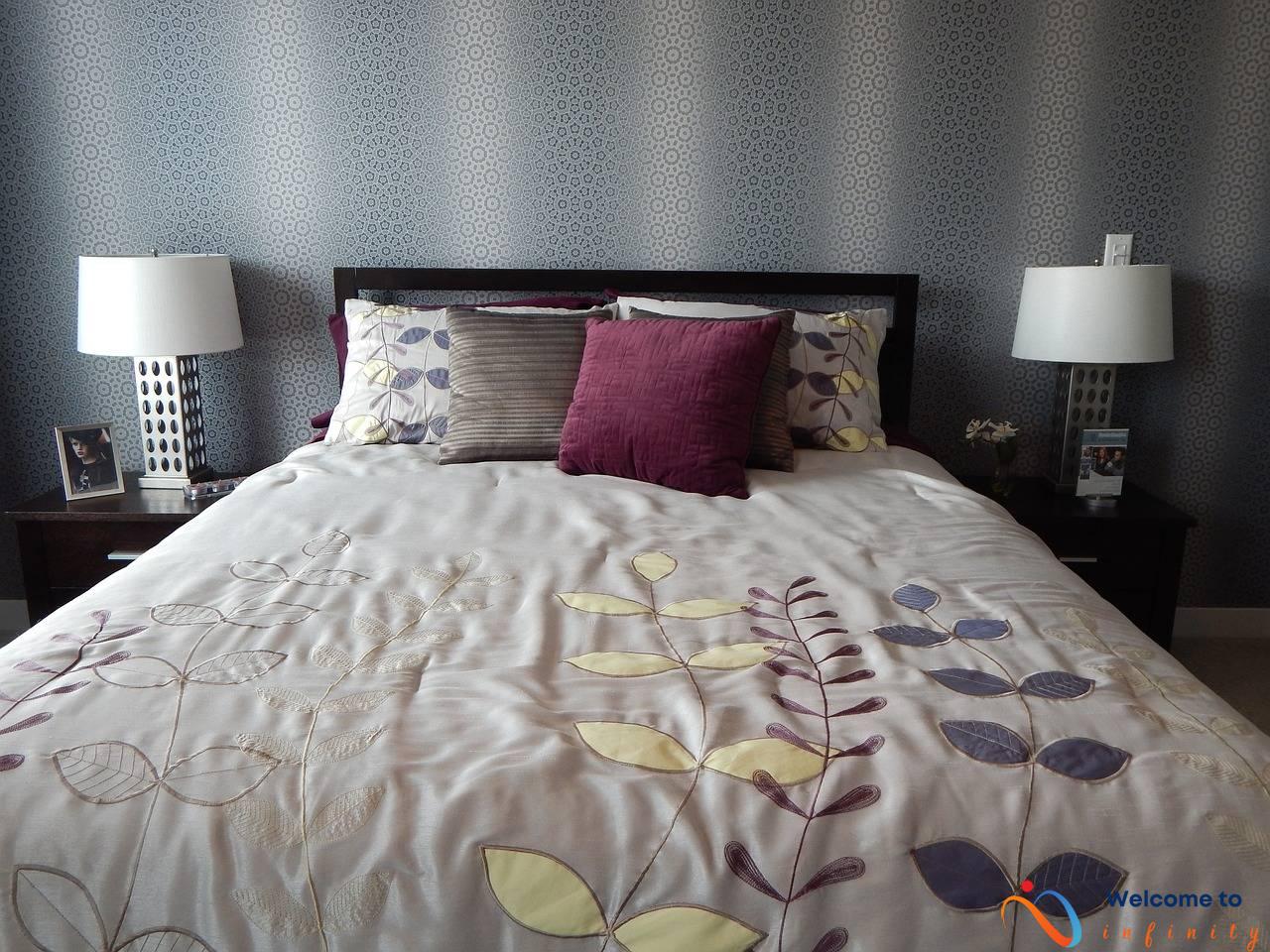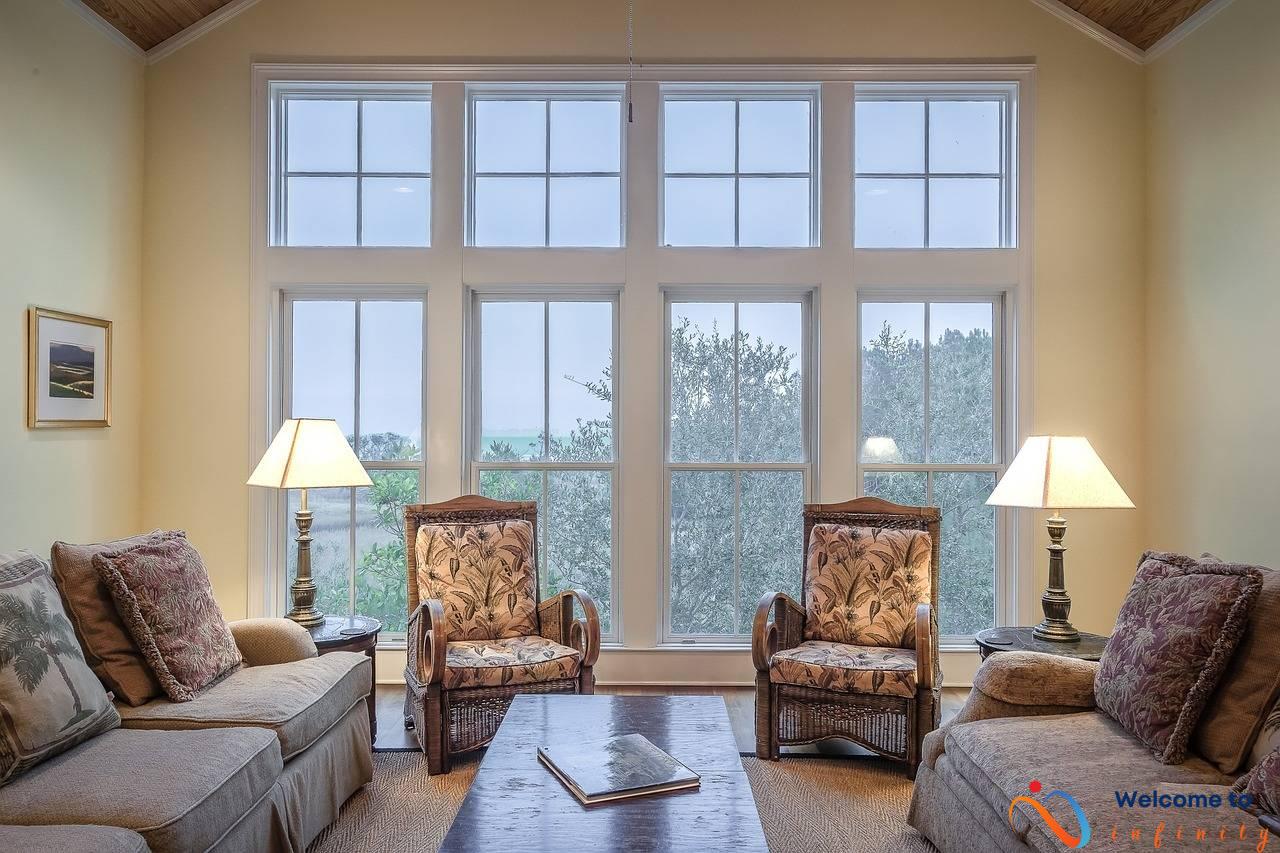Living in a small space doesn't mean you have to sacrifice style or comfort. With a little creativity and strategic planning, you can make your small living room feel bigger and more stylish than ever. Here are some modern small living room ideas to help you get inspired.
When you have limited space, every square inch counts. So, it's important to choose furniture pieces that can serve multiple purposes to save space and add functionality to your living room. For example, consider a coffee table with built-in storage or a sofa that can convert into a bed for overnight guests.
Mirrors and lighting can work wonders in a small living room, creating the illusion of more space and making it feel brighter and more open. Strategic placement of mirrors and lighting can have a big impact on how your living room looks and feels.
Strategically placing mirrors opposite windows can reflect natural light and create the illusion of a larger space. You can also use a large, statement mirror as a focal point and to add depth to your small living room. Additionally, you can incorporate mirrored furniture to further reflect light and create the illusion of more space.
Lighting fixtures can also create depth and accentuate key features of your living room. Install overhead lighting fixtures to create an open and airy feel in your living room, and incorporate floor lamps to add warmth and a cozy feel to your small living room.
Adding natural elements to your small living room can provide texture and warmth, creating a more inviting and comfortable space. Consider incorporating plants and greenery to add life and freshness to your small living room, and use materials like wood and stone to add warmth and texture.
The color palette you choose can make a big difference in how your small living room feels. Choosing light colors for your walls and furniture can create a bright and airy feel in your living room. Alternatively, you can choose a monochromatic color scheme to create a cohesive look in your small living room.
With these modern small living room ideas, you can transform your space into a stylish and comfortable oasis. Don't let limited square footage hold you back – get creative and make the most of what you have!
Multi-functional Furniture
If you have a small living room, you know how challenging it can be to make the most of your space while still keeping it stylish and functional. One way to do this is by choosing multi-functional furniture that can serve more than one purpose.
For example, instead of a standard coffee table, consider a storage ottoman that can be used as a table as well as extra seating or storage. A sofa bed or futon can provide seating during the day and a comfortable bed at night for guests.
You can also choose a console table that can double as a desk or even a dining table with space-saving chairs. Another option is a storage bench that can be used for seating as well as storage for blankets or other items.
By choosing pieces of furniture that serve multiple purposes, you can save space in your living room and add functionality without sacrificing style.
Mirrors and Lighting
If you want to make your small living room feel larger and brighter, strategic use of mirrors and lighting can be your go-to option. These two elements can easily create an illusion of more space and brightness in the room. So, let's dive a little deeper into how you can use these elements in your small living room.
By placing mirrors opposite the windows, natural light can reflect back into the room, creating the feeling of more space. Additionally, it can also add brightness to your living room by bouncing off the natural light. Choose a large mirror that can act as a statement piece and reflect the light to every corner of the room.
A large statement mirror can add depth and interest to your small living room. Don't be afraid to choose a bold, unique shape or design, it can give your room the edge it needs. Not only does it create visual interest, but it also reflects the light, creating the illusion of more space in your small living room.
Another way to reflect light and create an illusion of space is to include mirrored furniture in your living room. A mirrored coffee table or side table can add a luxurious touch to your living space, while also reflecting light across the room.
Strategic lighting is another way to make your small living room feel larger and brighter. By incorporating different types of light fixtures, you can create a layered, cozy atmosphere that enhances your living room's aesthetic.
Overhead lighting is a great way to create a bright, open feel in your living room. Choose a statement pendant light or chandelier to make a statement and fill the room with light.
Another lighting option that can add warmth and coziness to your living room is floor lamps. Use them in corners or next to your sofa to add a welcoming ambiance to your space.
By incorporating strategic mirrors and lighting, you can transform your small living room into a brighter, more open space. Don't underestimate the power of these small elements to make a big impact in your home's aesthetic.
Strategic Mirror Placement
If you're looking to add more space to your small living room, strategic mirror placement can do wonders. By placing mirrors opposite windows, the reflection of natural light can make your living room feel brighter and more open. This simple trick can create the illusion of a larger space by reflecting light and making the room feel more spacious.
You can also use a large, statement mirror as a focal point and to add depth to your small living room. Mirrored furniture such as a coffee table or cabinet can further reflect light and create the illusion of more space.
- Place mirrors opposite windows for reflection of natural light
- Use statement mirrors as a focal point
- Utilize mirrored furniture to reflect light and create space
When it comes to mirror placement in your small living room, think strategically to make the most out of your available space.
Statement Mirrors
If you want to make your small living room feel bigger and more stylish, using statement mirrors is one of the most effective ways to achieve this. A large, statement mirror can serve as a focal point and add depth to your living room.
To get the most out of your statement mirror, consider placing it opposite a window to reflect natural light and create a brighter, more open space. Using a statement mirror can also help create the illusion of more space by reflecting the room back on itself.
Statement mirrors come in a wide range of styles and sizes. Choose a mirror that complements your décor and has a frame that adds interest and visual appeal to your living room. You can also use mirrored furniture to further reflect light and create the illusion of more space.
If you want to get creative, consider using multiple statement mirrors arranged in a gallery wall to create a dramatic impact. This can be particularly effective if you have a small living room with high ceilings.
In summary, using statement mirrors is a great way to add depth and visual interest to your small living room while creating the illusion of more space. Choose a mirror that complements your décor and style, and be creative with how you display it.
Mirrored Furniture
If you want to further maximize the illusion of space and light, incorporating mirrored furniture is a great option. Mirrored furniture pieces reflect light and create an open and airy feel in your small living room.
You can opt for mirrored coffee tables, end tables, consoles, or even mirrored cabinets and drawers. Not only do these pieces save space, but they also have a sleek and modern look that can add a touch of elegance to your living room. Additionally, mirrored furniture is versatile and can match any color palette or design style.
If you want to take it a step further, consider using mirrored wall panels or mirrors with decorative frames. These can help expand the space and make your small living room feel larger than it actually is.
However, be mindful not to overdo it with mirrored furniture as it can become overwhelming and too reflective. Mix and match with other materials and textures to create a balanced and visually appealing look.
Lighting Design
Lighting is an essential element in designing any space, and it's no different when it comes to small living rooms. Using light fixtures strategically can create depth and accentuate key features of your living room, making it feel larger and more open.
The first step in lighting design is to install overhead lighting fixtures. This can include recessed lighting or a large central fixture, depending on the size and layout of your living room. Overhead lighting creates an open and airy feel while illuminating the entire room.
Floor lamps are another great lighting option for small living rooms. Not only do they provide much-needed light, but they also add warmth and a cozy feel to your space. Choose a floor lamp with a slim profile to save floor space while still adding style and function.
Table lamps are also a great option for lighting small living rooms. Place them strategically on side tables or shelves to create focal points and add dimension to your space.
When choosing light fixtures, it's important to consider your color palette and overall design aesthetic. For a modern look, choose fixtures with clean lines and minimal detailing. For a more traditional feel, look for fixtures with intricate designs and decorative elements.
In addition to fixtures, consider adding dimmer switches to your lighting design. This allows you to adjust the level of light in your living room to create different moods and atmospheres.
Overall, a well-designed lighting plan can completely transform your small living room. By using light fixtures strategically, you can create depth and highlights, making your space feel larger and more stylish.
Overhead Lighting
If you want to make your small living room feel bigger and brighter, installing overhead lighting fixtures can do wonders. Not only does it provide ample lighting, but it also creates an open and airy feel in your living room.
When choosing overhead lighting fixtures, it's important to consider the size of your living room to ensure that you get the right fit. If your living room is small, avoid large fixtures that can overwhelm the space. Instead, opt for smaller and more streamlined fixtures that can still provide enough light without taking up too much space.
In addition to size, consider the type of lighting you want for your living room. If you want a more relaxed and cozy feel, you can choose warm and diffused lighting. On the other hand, if you want to create a more dramatic effect, you can opt for brighter and more focused lighting.
To further enhance the effect of overhead lighting, you can also use accent lighting to highlight specific areas of your living room, such as artworks or decorative pieces. This can create depth and interest in your living room while still maintaining the open and airy feel provided by the overhead lighting.
Overall, overhead lighting fixtures are a simple but effective way to transform your small living room into a bright and spacious oasis.
Floor Lamps
Floor lamps are a great way to add both style and function to your small living room. Not only do they provide additional lighting, but they also serve as a statement piece and can add warmth and coziness to your space. When choosing a floor lamp, consider the size and shape of your living room as well as the overall style and color palette.
If your living room is small, choose a floor lamp with a slim profile to avoid taking up too much floor space. Alternatively, if you have a larger living room, opt for a larger floor lamp to create a focal point.
There are many different styles of floor lamps to choose from, including arc lamps, tripod lamps, and adjustable lamps. Arc lamps are great for adding height and drama to your living room, while tripod lamps can add a playful touch. Adjustable lamps are perfect for those who want to be able to adjust the light source depending on the task at hand, whether it be reading or watching TV.
When it comes to placement, consider positioning your floor lamp near a cozy chair or sofa to create a reading nook or to add warmth to a corner of the room. Alternatively, you can use floor lamps to highlight specific features of your living room, such as artwork or an accent wall.
Overall, floor lamps are a versatile and stylish addition to any small living room. Incorporating one into your space can add warmth and a cozy feel while also serving as a functional piece of lighting.
Natural Elements
A small living room can feel cozy and inviting if you add natural elements. Incorporating greenery in the form of houseplants can add life and freshness to your space. Besides, plants can purify the air, making it healthier for you to breathe. You can choose plants with different shapes and sizes to create an interesting visual effect. Hanging plants can save space, while tall plants can add height to your room.
In addition to greenery, natural textures can also add warmth and coziness to your small living room. Wooden pieces of furniture or decorative pieces can evoke a warm, rustic feeling, while smooth stones add a sense of tranquility. You can also consider incorporating woven elements, such as a rattan chair or table, for a boho-chic look.
If you don't want to add natural elements through big pieces of furniture or décor, you can always opt for small touches. For example, natural scented candles can provide a cozy and enjoyable aroma, while a wooden tray can hold your coffee table essentials and add texture.
Incorporating natural elements in your small living room can also help you create an eco-friendly space. You can choose sustainable and ethical décor items, such as recycled plastic textiles or bamboo furniture. These pieces not only add style to your living room but also contribute to a healthier planet.
To sum up, adding natural elements to your small living room can add warmth, texture, and character to your space. From houseplants to wooden pieces of furniture, natural elements are versatile and can fit various styles and preferences. By incorporating them into your décor, you can create a cozy and inviting space that feels like home.
Greenery
Adding plants and greenery to your small living room is a great way to add life and freshness to the space. Not only do they improve air quality and reduce stress, but they also add a pop of color and texture to your decor. There are many ways to incorporate plants into your living room, even if you have limited space.
If you have a small coffee table, adding a few small succulents or a low-maintenance plant is a great way to add a touch of green without taking up too much space. Hanging plants are another great option for small living rooms, as they add visual interest and take up no floor space. Additionally, you can consider placing a tall potted plant in the corner of your room to add height and create a focal point.
When choosing plants for your living room, consider the amount of natural light that the space receives. If you have a lot of natural light, you can opt for plants that need a lot of sunlight, like fiddle leaf figs or rubber plants. If your living room doesn't receive much natural light, consider low-light plants like pothos or snake plants.
If you're worried about caring for plants, consider starting with low-maintenance options like succulents or air plants. These plants require minimal watering and care, making them perfect for busy lifestyles or those new to plant care.
Incorporating plants and greenery into your small living room is a great way to add life and freshness to the space. They are easy to care for and come in a variety of sizes, making them perfect for any size living room. So go ahead and add some green to your decor and enjoy the benefits that plants bring to your home.
Natural Textures
If you want to bring a touch of nature into your small living room, consider incorporating natural textures like wood and stone. Not only do natural elements add warmth and texture to your space, but they also create a calming atmosphere.
When it comes to incorporating wood, you can choose from a variety of options. If you have a small living room, consider using light-colored wood, like pine or oak, which will create a bright and airy feel. You can incorporate wood through furniture pieces like a coffee table or bookshelf, or through decorative accents like a wooden vase or picture frame.
Another way to add natural textures is through the use of stone. A stone accent wall can create a stunning focal point in your small living room. If you don't want to commit to a full wall, consider incorporating a stone element into your furniture, like a stone coffee table or end table. You can also add stone through decorative elements, like stone coasters or candle holders.
When incorporating natural textures, it's important to consider the overall color palette of your living room. Wood and stone can come in a variety of shades and finishes, so it's important to choose pieces that complement each other and your existing decor. Consider creating a color palette with warm earthy tones to bring together the natural textures you've incorporated into your living room.
Color Palette
If you want your small living room to feel bigger and more cohesive, choosing the right color palette can make a big difference. Light colors, particularly whites and pastels, can make a room feel more spacious. On the other hand, dark colors can make a room feel more closed-in. While dark colors can be cozy, they can also make a small living room feel even smaller.
Another technique to consider for your color palette is a monochromatic color scheme. By using shades and tints of the same color, you can create a harmonious and cohesive look in your living room. This approach can make your space feel more relaxing and less cluttered.
When considering your color palette, think about both the walls and furniture. Neutral colors can work well for the walls, as they can help to create a blank canvas for your other decor. However, when it comes to furniture, don't be afraid to add pops of color and pattern. Just make sure that any bold colors or prints don't overwhelm the space.
Lastly, consider adding accents in metallic finishes, such as gold or silver. This can add a touch of elegance to your living room, while also reflecting light and making the space feel bigger.
Light Colors
Light colors can make all the difference in creating a bright and airy feel in your small living room. Paint your walls in soft shades of white, beige, or light pastels to help reflect natural light and create a sense of openness. Avoid dark, bold colors that can make the room feel small and cramped.
When it comes to furniture, choose light-colored upholstery and finishes. White, cream, and soft gray are great options that will help the room feel bigger and more cohesive. Mixing and matching different textures in light colors can also add depth and interest to your small living room.
Using a monochromatic color scheme that revolves around light colors is also an excellent way to create a cohesive look in your small living room. Choose shades of one color for your walls, furniture, and accent pieces. This technique keeps the eye moving throughout the room, making it feel larger and less cluttered.
If you want to add a pop of color to your small living room, choose a statement piece like a colorful rug or throw pillow. Stick to one or two accent colors to avoid overwhelming the space. Light colors with a touch of boldness can make a small living room feel more lively without sacrificing the open and airy feel.
Overall, choosing light colors for your walls and furniture is a great way to create a bright and welcoming living room. Keep it simple, cohesive, and light, and your small living room will feel like a cozy oasis.
Monochromatic Color Scheme
If you're looking for a way to make your small living room feel bigger and more cohesive, consider choosing a monochromatic color scheme. This means using varying shades and tones of the same color throughout your living room. Not only does this create a cohesive look, but it also creates a sense of depth and dimension.
When choosing your color scheme, start with a base color and then choose lighter and darker shades of that color to create variation. For example, if you choose a light blue as your base color, you can then incorporate darker shades of blue with navy accents and lighter shades with pale blue accessories.
A monochromatic color scheme doesn't have to be boring, either. You can mix in different textures and materials to create interest and contrast. Incorporate natural materials like wood and stone to add warmth and texture to your small living room.
For a cohesive look, choose furniture pieces in similar tones to your color scheme. If you want to add an accent color, use it sparingly and choose a bright pop of color to add contrast to your monochromatic palette. For example, you can add a yellow throw pillow or vase to a blue color scheme.
In summary, choosing a monochromatic color scheme is a great way to create a cohesive and visually appealing look for your small living room. By incorporating varying shades of your chosen color and mixing in different textures and materials, you can create a space that feels both stylish and spacious.


